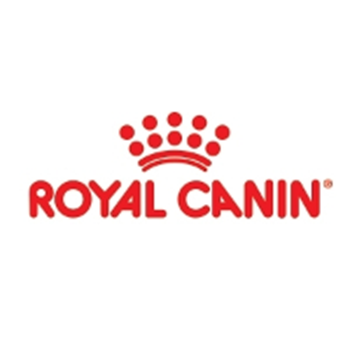During the month of February, veterinarians across North America promote dental health in our pets. Approximately 80% of our pets have a form of dental disease by the time they are 3 years old. With those statistics, you can see why it is important enough to have a month dedicated to Dental Health; especially given its impact on their overall health and welfare.
Just like us, dental disease affectes much more than their teeth and wellbeing. It has been linked to heart disease, diabetes, organ damage, respiratory issues and even possibly some cancers! In this post I will go over what you and your veterinarian can do to prevent and treat dental disease before it becomes a serious problem. The first step is annual dental exams by a veterinarian who is well versed in dental disease. Just like people, pets benefit from having their teeth checked regularly and cleaned as needed but pet owners at home play an integral role in their pet's dental health between cleanings, just like we brush and floss regularly. The following are some preventative options available for between professional cleanings:
Water additives/ Sprays/ Gels: These rely on enzymes to break up the plaque. Like diets and chews, they are a preventative and cannot effectively remove tartar once it is present. Unlike diets and treats, they do not rely on chewing, so can help slow dental disease if a tooth is sore. They can be used alone but work best in combination with dental treats.
When deciding on any treats or dental products, look for the Veterinary Oral Health Council (VOHC) approval. Dental aids with this symbol have been tested and shown to prevent dental disease to the approval of a council of veterinary dental specialists.
Many pet owners give their pets toys to chew on to clean their teeth but a hidden danger lurks with some: worn teeth and fractures. The problem is bigger in dogs because they chew more but it can be seen in cats as well.
Here is a list of chew toys to be careful about.
Hooves and Bones: These are very hard and can lead to tooth fractures if the dog is a strong chewer. Furthermore, sharp fragments that break off during chewing can lodge in the throat or intestines, and injury to these areas can be fatal.
Tennis Balls and Nylon Ropes: They may seem great, but they are like sandpaper and can wear teeth down if chewed on too much. Nylon ropes can also catch their canine teeth and fracture them during tug-of-war if you aren't careful.
Rocks and metal kennel bars: These aren’t usually given as toys but can fracture and wear down teeth if your dog chews on them.
If dental disease progresses and teeth become abscessed or loose and painful, it becomes a serious problem. Most commonly, these teeth require extraction which takes more time and is much more involved. However, extracting those teeth will let your pet get back to eating and playing comfortably once again.
Dr. Ryan Ridgway & Lynn Smart-Ridgway














